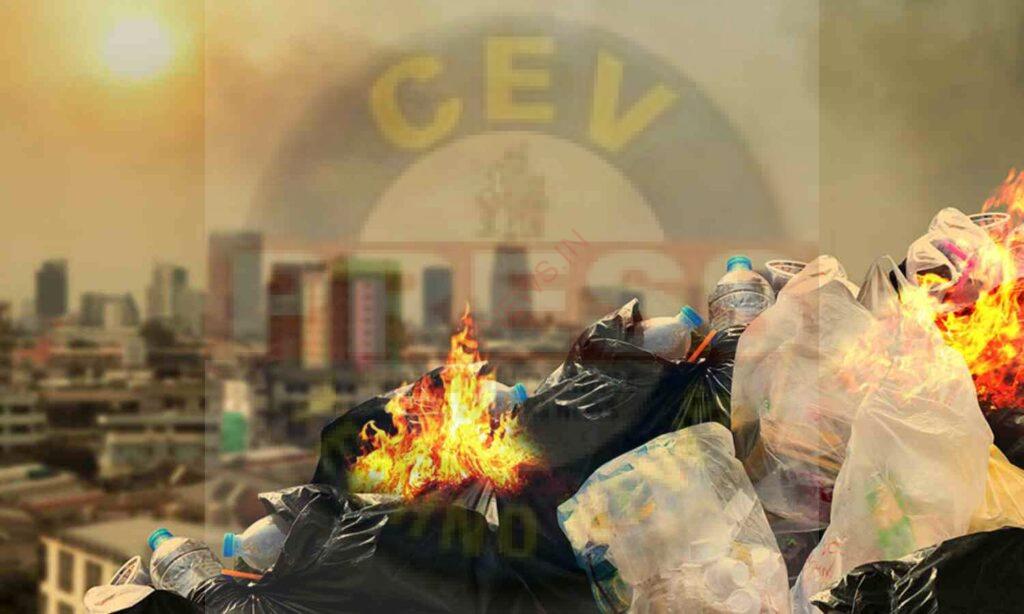LEGAL AND POLICY MEASURES TO COMBAT AIR POLLUTION IN INDIA
Legal and Policy Measures to Combat Air Pollution in India
Air pollution in India is a severe environmental issue with significant health, economic, and social implications. To combat this growing problem, the Indian government has implemented various legal and policy measures aimed at reducing air pollution levels across the country. This article highlights the key legal frameworks, policies, and initiatives designed to address air pollution in India.
1. The Air (Prevention and Control of Pollution) Act, 1981
The Air (Prevention and Control of Pollution) Act, 1981 is one of the primary legal frameworks aimed at controlling air pollution in India. The Act provides for the establishment of Central and State Pollution Control Boards (CPCB and SPCBs) responsible for implementing measures to prevent, control, and abate air pollution. Key provisions include:
- Regulation of Emission Standards: The Act empowers the government to set emission standards for industries, vehicles, and other sources of air pollution.
- Penalties for Non-Compliance: Violators of the Act’s provisions face penalties, including fines and imprisonment.
- Monitoring Air Quality: The Act mandates regular monitoring of air quality by the CPCB and SPCBs to ensure compliance with prescribed standards.

2. The Environment (Protection) Act, 1986
The Environment (Protection) Act, 1986 is an umbrella legislation that provides a framework for environmental protection, including air quality management. Under this Act:
- Authority to Issue Directives: The government has the power to issue directives to industries and other entities to prevent or mitigate air pollution.
- Environment Impact Assessment (EIA): Projects that may significantly impact air quality are required to undergo an EIA, which includes measures to mitigate adverse effects on air quality.
- National Ambient Air Quality Standards (NAAQS): The Act led to the establishment of NAAQS, which set permissible limits for various air pollutants.
3. National Clean Air Programme (NCAP), 2019
The National Clean Air Programme (NCAP) is a comprehensive initiative launched by the Ministry of Environment, Forest, and Climate Change (MoEFCC) in 2019 to improve air quality across India. The key features of NCAP include:
- Time-Bound Targets: NCAP aims to reduce particulate matter (PM10 and PM2.5) concentrations by 20-30% by 2024 compared to 2017 levels.
- City-Specific Action Plans: The program focuses on 122 non-attainment cities where air quality standards are not met, with city-specific action plans developed to address local pollution sources.
- Public Awareness and Capacity Building: NCAP emphasizes raising public awareness about air pollution and building the capacity of institutions to tackle the issue effectively.
4. Bharat Stage Emission Standards
India has adopted the Bharat Stage (BS) emission standards, which regulate the output of air pollutants from internal combustion engines, including those in motor vehicles. The progression of these standards (BS I to BS VI) represents a significant effort to reduce vehicular emissions, a major contributor to urban air pollution. Key aspects include:
- BS VI Norms: Introduced in 2020, BS VI norms are equivalent to Euro 6 standards and impose stringent limits on nitrogen oxides (NOx), sulfur, and particulate matter emissions.
- Transition from BS IV to BS VI: The leap from BS IV to BS VI, bypassing BS V, reflects India’s commitment to combating vehicular pollution.
5. The National Green Tribunal (NGT)
The National Green Tribunal (NGT) plays a crucial role in enforcing environmental laws and addressing grievances related to air pollution. Some of its significant contributions include:
- Landmark Judgments: NGT has passed several judgments aimed at controlling air pollution, including bans on the burning of crop residue (stubble burning) and restrictions on the use of diesel generators.
- Polluter Pays Principle: NGT has enforced the “polluter pays” principle, holding polluters financially responsible for environmental damage, including air pollution.
6. Graded Response Action Plan (GRAP)
The Graded Response Action Plan (GRAP) is a set of emergency measures implemented in Delhi and the National Capital Region (NCR) to combat severe air pollution, especially during the winter months. Key elements include:
- Action Based on Air Quality Levels: GRAP defines specific actions to be taken at different air quality levels, ranging from moderate to severe and emergency conditions.
- Temporary Restrictions: Measures include banning construction activities, limiting vehicle usage, and shutting down power plants during severe pollution episodes.
7. Renewable Energy Policies
India’s push towards renewable energy is also a significant step in reducing air pollution. By reducing reliance on coal-fired power plants, renewable energy policies help lower emissions of sulfur dioxide (SO2), nitrogen oxides (NOx), and particulate matter. Notable initiatives include:
- National Solar Mission: Aims to increase solar power capacity, reducing dependence on fossil fuels.
- Wind Energy Development: Encourages the growth of wind energy as a clean alternative to traditional power sources.
8. Challenges and the Way Forward
While India has made significant strides in addressing air pollution, several challenges remain:
- Implementation and Enforcement: Effective implementation and enforcement of existing laws and policies are critical to achieving desired outcomes.
- Coordination Among Agencies: Better coordination among various governmental and non-governmental agencies is necessary for a cohesive approach to air quality management.
- Public Participation: Increased public awareness and participation are essential for sustained air quality improvement.
India’s legal and policy framework to combat air pollution is comprehensive and multi-faceted, addressing various sources of pollution and implementing both preventive and corrective measures. However, continued efforts are required to overcome challenges and ensure that air quality standards are met consistently across the country. The success of these measures will depend on stringent enforcement, technological innovation, and active public engagement.


